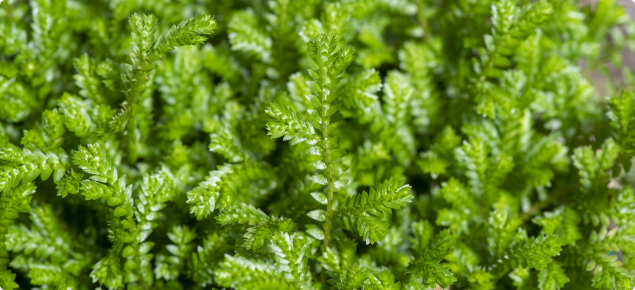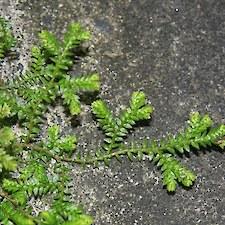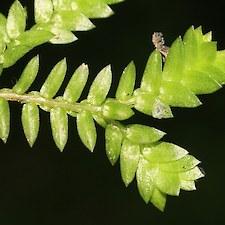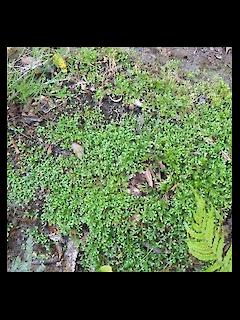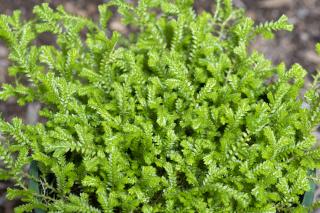Distribution
African clubmoss is not established in Western Australia, but is naturalised in eastern Australia.
It is native to tropical and southern Africa, and has since spread to Europe, New Zealand, Hawaii and other parts of the United States.
Impact
African clubmoss is an environmental weed that has a smothering effect that prevents seedlings from reaching the soil, impacting native plant regeneration. This results in higher light levels, leading to the growth of more aggressive weeds such as vines.
This weed has little impact on agricultural areas.
Where to look
African clubmoss tolerates both hot and cold temperatures, and light to deep shade, but requires damp conditions and continuous moisture to grow.
It prefers areas of high rainfall, and is usually found in disturbed and damp forest floors, along stream banks, and among ferns.
What to look for
- Carpet-forming groundcover.
- Long, fine roots from the nodes.
- Creeping, slender, and irregularly branched stems that root at nodes, forming a loose mat.
- Small leaves (2-4 mm) in rows along the stem.
Similar species
African clubmoss is superficially similar to many native moss and leafy liverworts.
How does it spread?
Spores and stem fragments are spread on boots, livestock, water movement, dumped vegetation, pot plants and in contaminated soil. Forest tracks, streams, contaminated plants and potting mix are all sources of new infestations.
Although it is easy to remove by hand, the smallest of fragments left behind can still be enough to start a new population.
Control
Physical
Pull out very small areas at a time. Put in a plastic bag and dispose in your rubbish bin, or burn or bury deeply. Check every three months for regrowth.
Chemical
- Spray with glyphosate (100ml) + metsulfuron-methyl 600g/kg (1g) + penetrant per 10L water. Follow up 3-monthly until site is clear (possibly 4 times).
Or
- Spray with glyphosate (20ml/L). Follow up as above.
Declared pest category
The Western Australian Organism List (WAOL) contains information on the area(s) in which this pest is declared and the control and keeping categories to which it has been assigned in Western Australia (WA).
Search > detect > report | |
|---|---|
| MyPestGuide™ Reporter via app or online (Select 'Send report to MyWeedWatcher' from menu) mypestguide.agric.wa.gov.au | Pest and Disease Information Service (PaDIS) +61 (0)8 9368 3080 padis@dpird.wa.gov.au |

